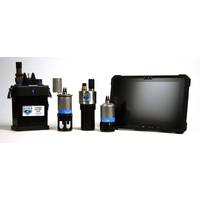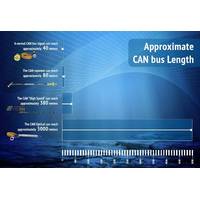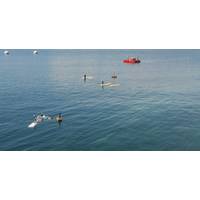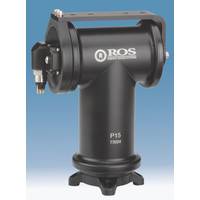
Diver6 Gen2 for Diver Communication, Awareness
is based on input from a broad range of real world subject matter experts including US Navy, NOAA, Port Police Divers, Coast Guard and public safety and commercial divers.The Gen2 product line introduces Blueprint Subsea acoustic modems to the Diver6 system. With a smaller form factor and faster communication protocol, divemasters will receive diver situational awareness information faster and more reliable. The new hardware reduces size and weight, is easier to mount, and continues to operate with Shearwater dive computers.The Diver6 software application has been enhanced to work seamlessly with the Subsea

Teledyne Releases CAN Bus Active Flying Lead Configurations
Teledyne Oil & Gas has added the CAN bus communication protocol to its Active Flying Lead product family. The subsea oil and gas industry has standardized to "fault tolerant" CAN bus communications for sensors and other subsea controls. This variation has a limited transmission distance for single node or sensor systems of only 40 meters. Teledyne has recently qualified three new configurations that extends the range of the CAN bus signal to up to 5,000 meters. The Active Flying Lead product line is characterized by integrating specialized electronics into qualified highly reliable

JANUS: First Digital Underwater Communication Standard
CMRE underwater communication protocol JANUS becomes a NATO Standard, the first time ever for a digital underwater communication protocol to be recognized at international level Aerial and terrestrial communication methods do not work well underwater. Therefore, none of the available communication protocols could be easily exported under the sea surface to work with and enhance capabilities of new game-changing robotic technologies. That is why the NATO STO Centre for Maritime Research and Experimentation (CMRE), based in La Spezia (Italy), has started about 10 years ago to develop a digital

ROS Introduces New Positioner Technology
Remote Ocean Systems (ROS) has developed a new lightweight pan and tilt positioner that can be computer controlled and programmed. The new P15 positioner includes a heavy-duty connector that enables RS485 communication protocol for precise positioning and allows for field firmware upgrades. The P15 is a smaller, lightweight rugged design that is ideal for small ROV’s and bridge and dam inspections. It can handle payloads to 15 lbs with an accuracy level of 0.1”+/- 0.1”. The P15 is available air filled (70 meters) or oil filled for depths to 6,000 meters.
REP16: a Global At-sea Campaign
solutions for vehicle localization and navigation. For underwater acoustic communications, networking and equipment capabilities are being tested, including Wave Gliders used as autonomous gateways. The exercise includes an assessment of the capabilities of JANUS, an underwater digital communication protocol, developed at CMRE, which is in the process of becoming a NATO standard and is currently being promoted in the maritime industry. Through REP16-Atlantic, all the partners will enable collaborative research to increase interoperability and underwater communications capabilities, automation



 February 2024
February 2024





